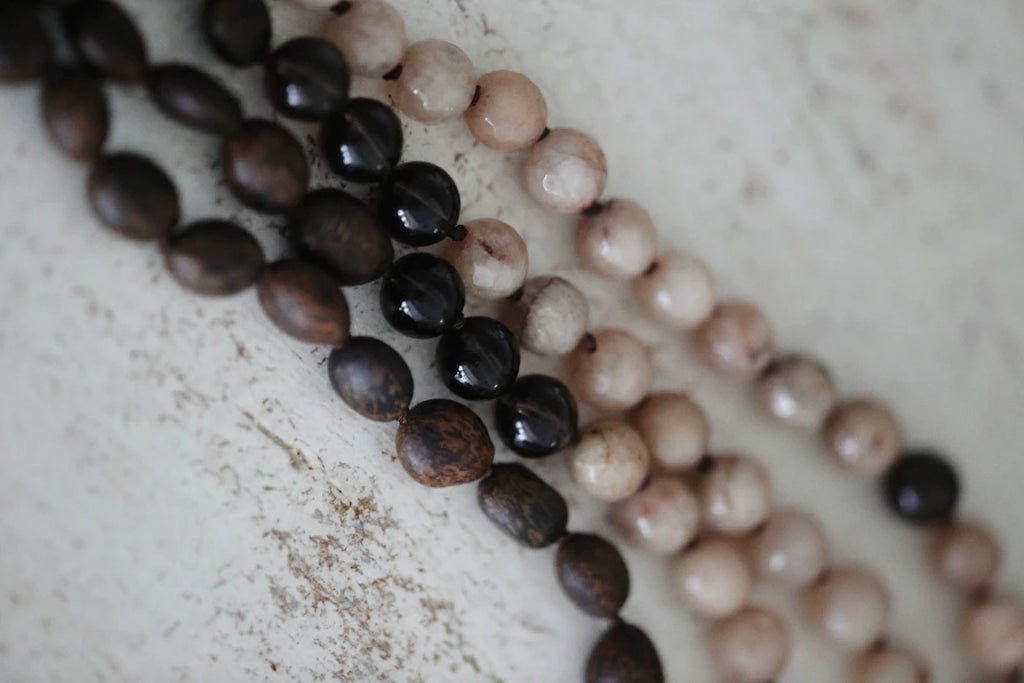The Art of Cultivating Tahitian Pearls: Nature's Masterpiece

Frequently Asked Questions
1. What are Tahitian pearls known for?
2. How are Tahitian pearls cultivated?
3. Where do Tahitian pearls originate?
4. What sustainable practices are used in Tahitian pearl farming?
5. What factors should be considered when choosing a Tahitian pearl?
Tahitian pearls, renowned for their stunning colors and unique luster, have captivated jewelry enthusiasts around the globe. Cultivating these gems is an intricate process that combines the beauty of nature with the precision of human craftsmanship. In this article, we will explore the fascinating journey of Tahitian pearl cultivation, from oyster selection to the final steps of harvesting these stunning treasures from the sea.
The Origins of Tahitian Pearls
Before diving into the cultivation process, it’s essential to understand the origins of Tahitian pearls. These pearls come from the Pinctada margaritifera oyster, predominantly found in the warm waters of French Polynesia. The region’s unique environment and water quality contribute to the remarkable characteristics of Tahitian pearls. Their color variations, ranging from deep black to vibrant greens and blues, are influenced by several factors, including the oyster’s genetics and the conditions of its environment.
The Cultivation Process
The process of cultivating Tahitian pearls is meticulous and requires attention to detail at every stage. Here’s a detailed look at the crucial steps involved in bringing these exquisite pearls to life.
Step 1: Oyster Selection
The journey begins with the selection of healthy, mature oysters. Farmers often spend years fostering these oysters until they reach the ideal size for pearl cultivation, generally around 3 to 5 years old. Selecting the right oysters is vital, as their health and genetics directly influence the quality of the Tahiti pearl produced.
Step 2: Nucleation
Once the oysters are ready, the nucleation process begins. This step involves carefully implanting a small bead, typically made of mother-of-pearl, into the oyster's body. The bead serves as a nucleus around which the oyster will gradually build a pearl. This method is pivotal in the creation of spherical Tahitian pearls and requires precision and skill.
Step 3: Care and Maintenance
Post-nucleation, the oysters require extensive care. Farmers place the oysters in underwater farms secured in baskets or nets to protect them from predators and environmental hazards. Regular monitoring is essential to ensure the oysters are healthy and free from disease. Farmers also adjust the farming conditions, like water quality and feed, to enhance the growth of the pearl and maintain the oyster's well-being.
Step 4: Time to Grow
Patience is a significant part of the Tahitian pearl cultivation process. It takes anywhere from 18 months to 4 years for oysters to form a pearl of desirable size and quality. During this time, it’s crucial to monitor their growth; the longer the oyster is left to grow, the thicker the nacre layer surrounding the nucleus, which leads to a more lustrous and durable pearl.
Step 5: Harvesting the Pearls
The harvesting process is both exciting and delicate. When the farmers believe that the Tahiti pearl has reached its peak quality, they carefully remove the oysters from the water and extract the pearls. This stage can be highly emotional for farmers, as they reveal the fruits of their years of labor. Each pearl is unique, exhibiting different colors, shapes, and sizes, a true testament to the oyster's journey.
The Importance of Sustainable Practices
As the demand for Tahitian pearls continues to grow, it’s more critical than ever to adopt sustainable farming practices. Over-farming can lead to depletion of natural resources and can harm the delicate marine ecosystem. Many farmers are now focusing on environmentally friendly practices, ensuring the health of the ocean and the future of pearl cultivation.
Some sustainable methods include:
- Implementing rotational farming techniques to prevent overharvesting.
- Utilizing biodegradable materials for farming equipment.
- Monitoring water quality and actively participating in conservation efforts.
The Allure of Tahitian Pearls
The allure of Tahitian pearls is not only tied to their aesthetic qualities but also to the story behind their creation. Each pearl carries a piece of the ocean and the dedication of those who cultivated it. The wide array of colors, shapes, and sizes available in Tahitian pearls makes them a preferred choice for jewelry designers and collectors alike.
Tahitian pearls are versatile, making them suitable for various types of jewelry, from elegant necklaces to elaborate earrings. Their unique aesthetic can complement any style, whether it's casual or formal, making them a timeless addition to any jewelry collection.
Choosing the Right Tahitian Pearl
When selecting a Tahiti pearl for your collection, consider the following factors:
- Color: Tahitian pearls display a wide range of colors, including black, silver, green, and blue. Each color emanates from the specific oyster and its environment.
- Shape: Pearls can come in various shapes from round to baroque. Your choice will depend on personal preference and the intended use of the pearl.
- Size: Tahitian pearls can range from 8mm to over 16mm in diameter. Larger pearls are often more valuable and sought after.
- Surface Quality: Imperfections can affect a pearl's value. Look for pearls that are smooth and free of blemishes.
The Future of Tahitian Pearl Cultivation
The future of Tahitian pearl cultivation looks promising, as technological advancements and sustainable practices continue to evolve in the industry. With the rise of eco-conscious consumers, farmers are encouraged to maintain and enhance their sustainable practices, ensuring that the beauty of Tahiti pearls can be enjoyed for generations to come.
Moreover, education and awareness about the pearl cultivation process are increasing. Many consumers are interested in the stories behind their pieces of jewelry, leading to a growing appreciation for the artisanship involved in creating Tahitian pearls.
Unlocking the Beauty of Tahitian Pearls
The journey of cultivating Tahitian pearls is not just about production; it's about artistry, sustainability, and a profound respect for nature. Whether you are a collector, a jewelry designer, or simply an admirer of these beautiful creations from the sea, understanding the cultivation process adds depth to your appreciation of Tahitian pearls.
As you explore your options for adding Tahitian pearls to your collection, remember that these gems are more than mere adornments. They symbolize the beauty of nature and the dedication of those who bring them to life. Embrace this journey, and let the Tahiti pearl remind you of the wonders of the ocean and the craftsmanship behind these iridescent treasures.

Dejar un comentario